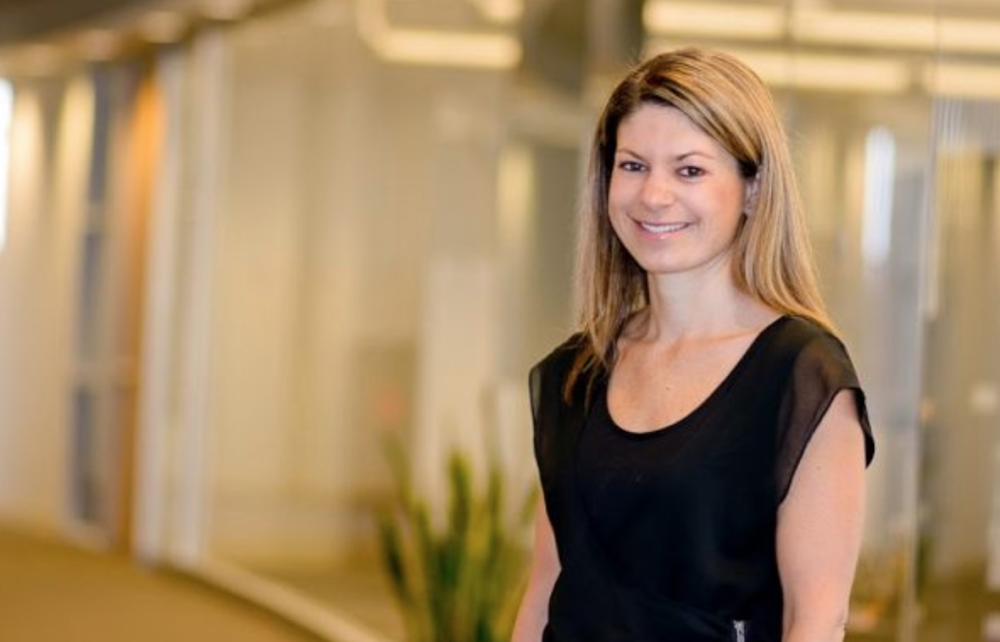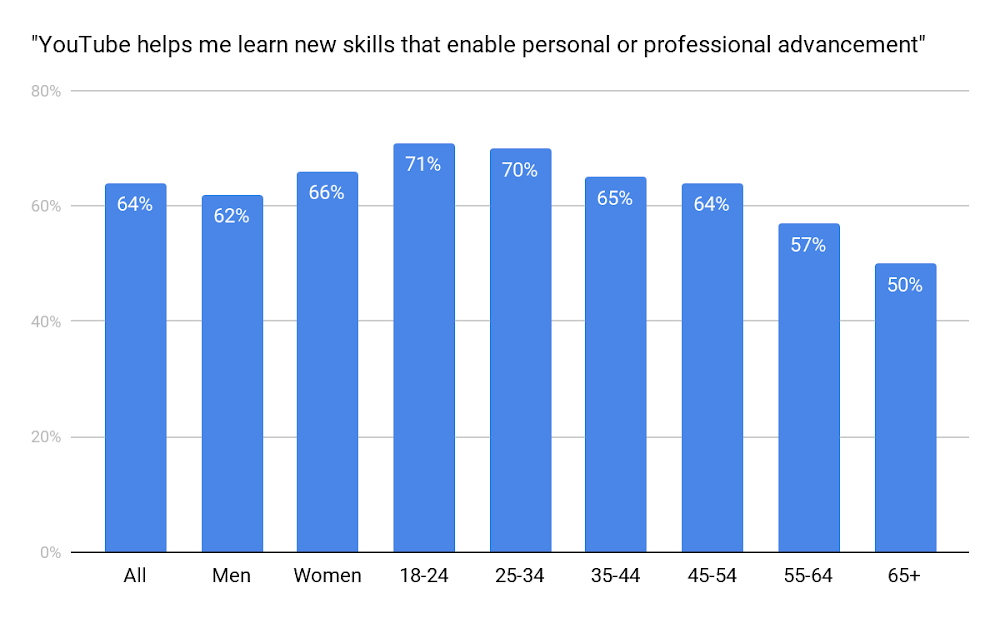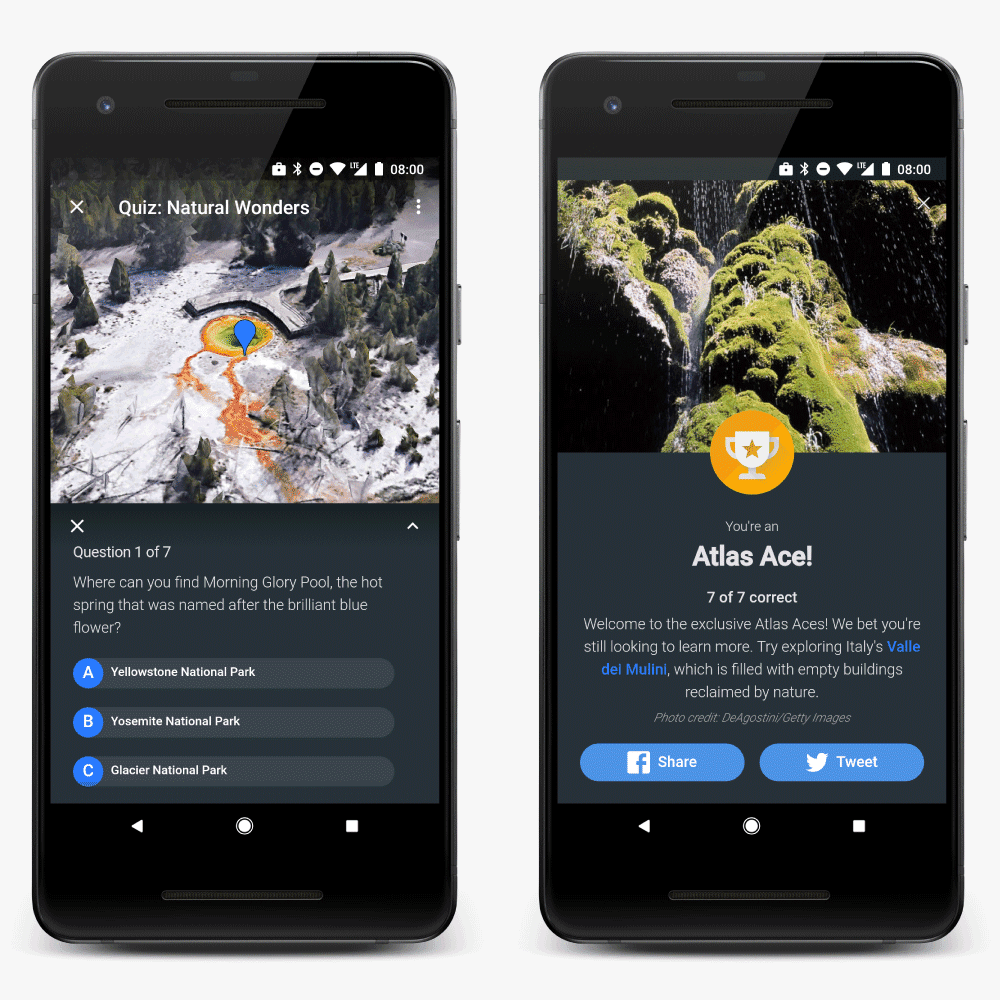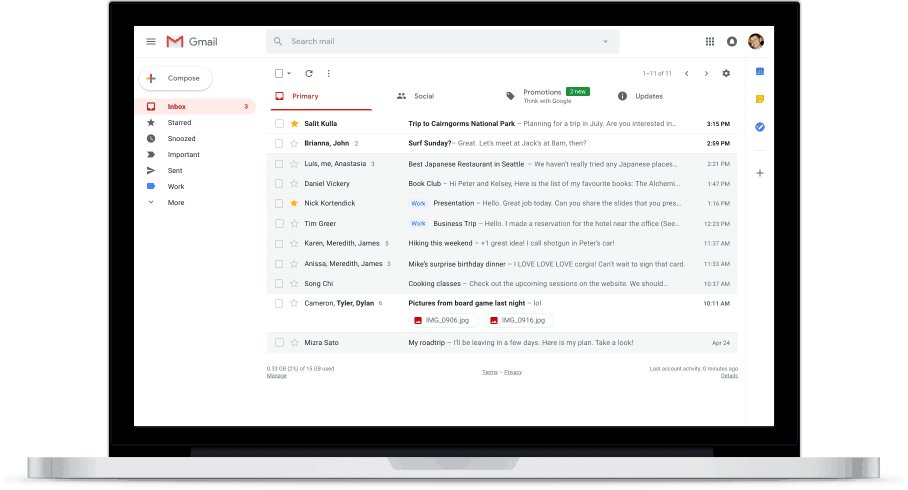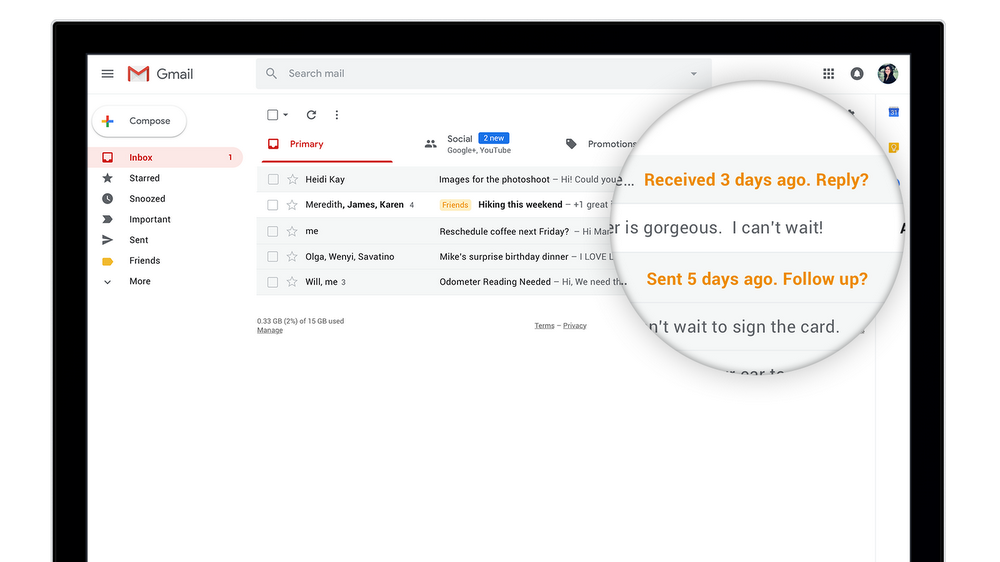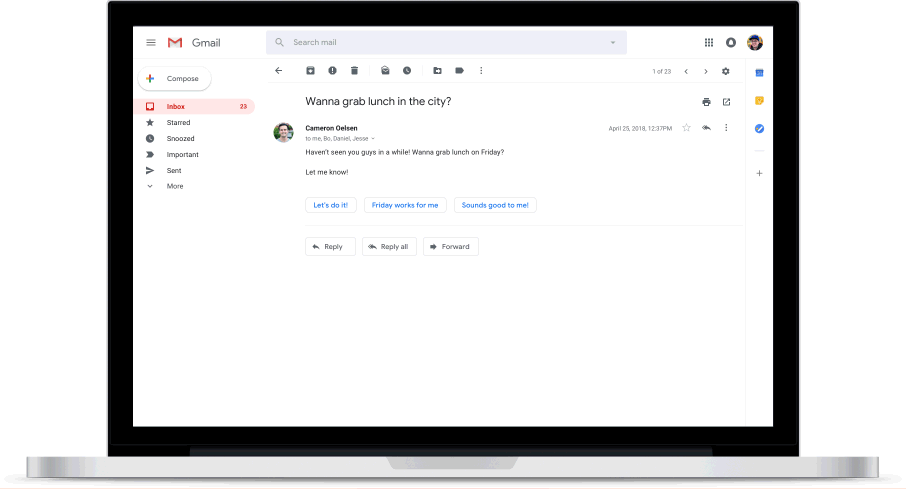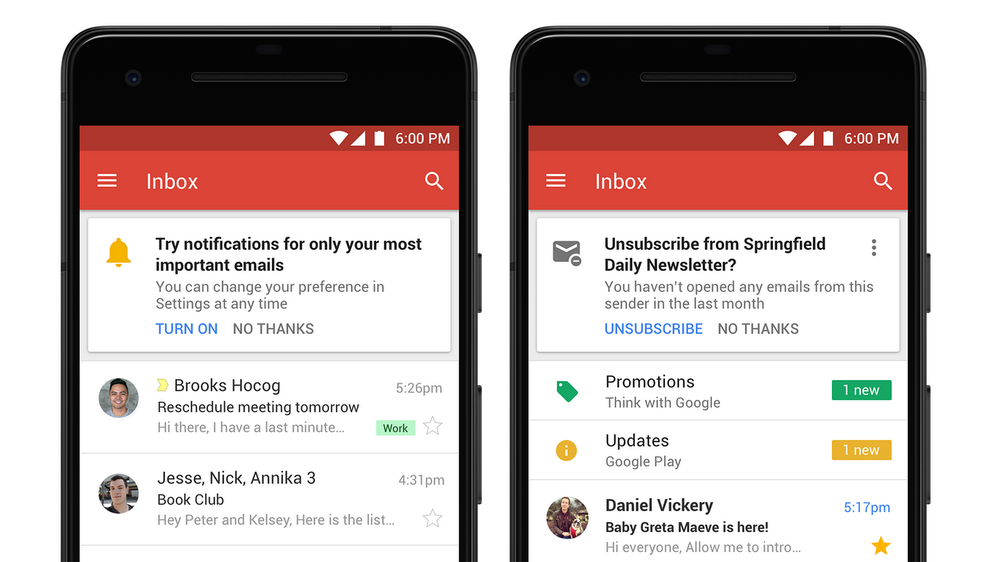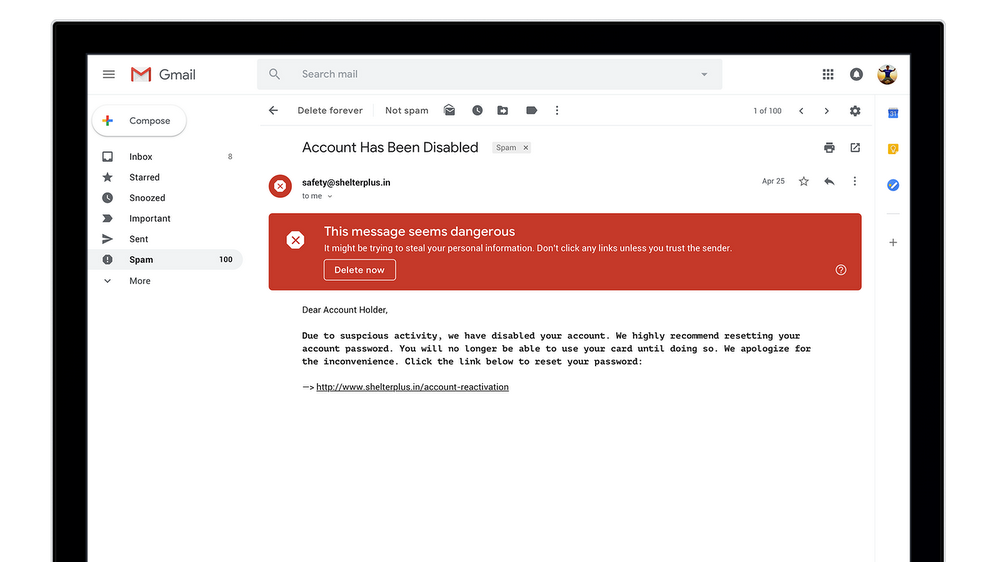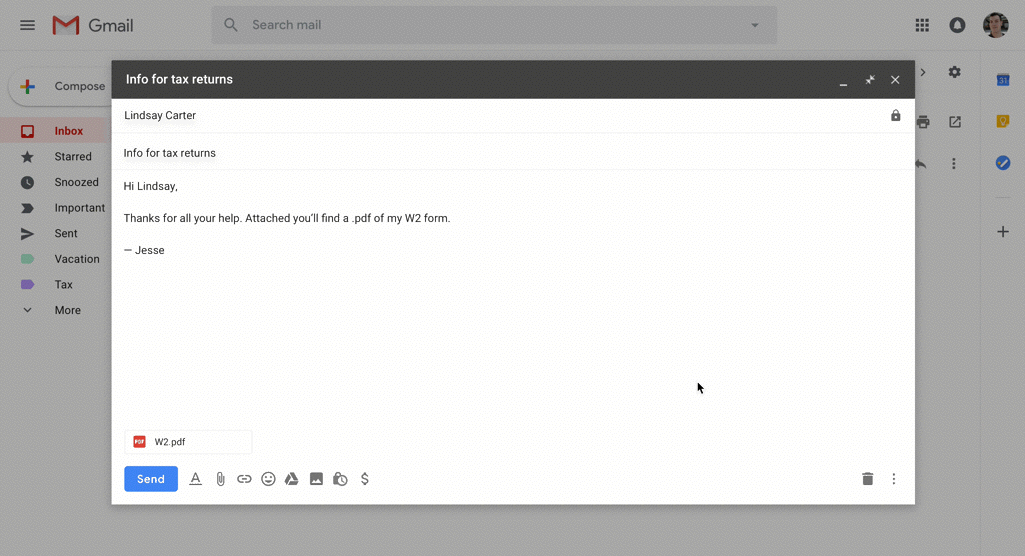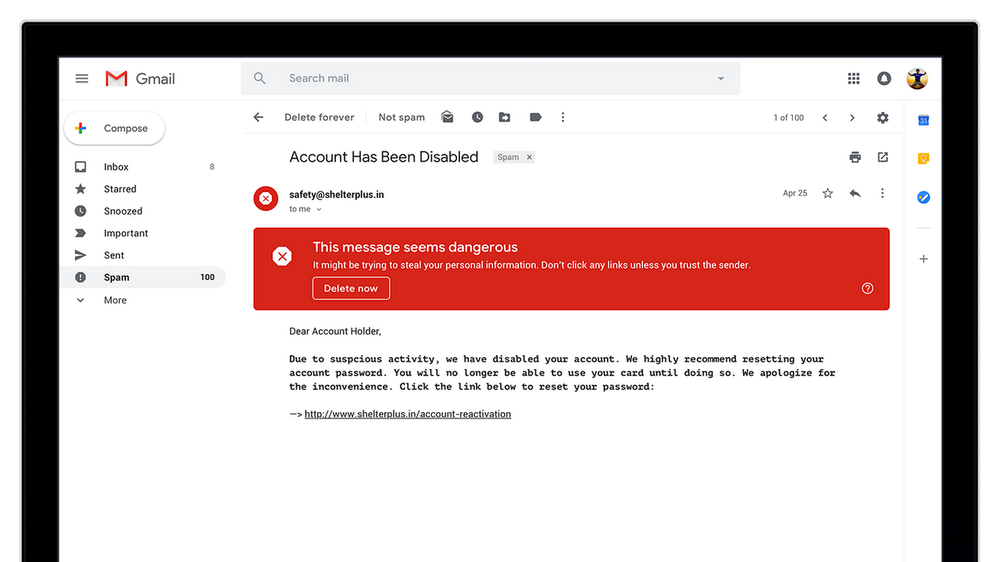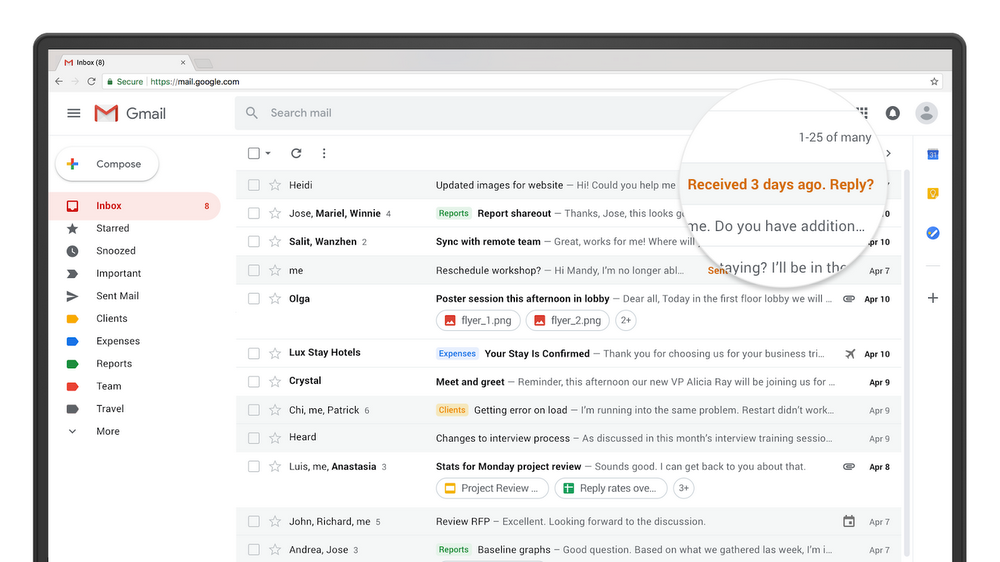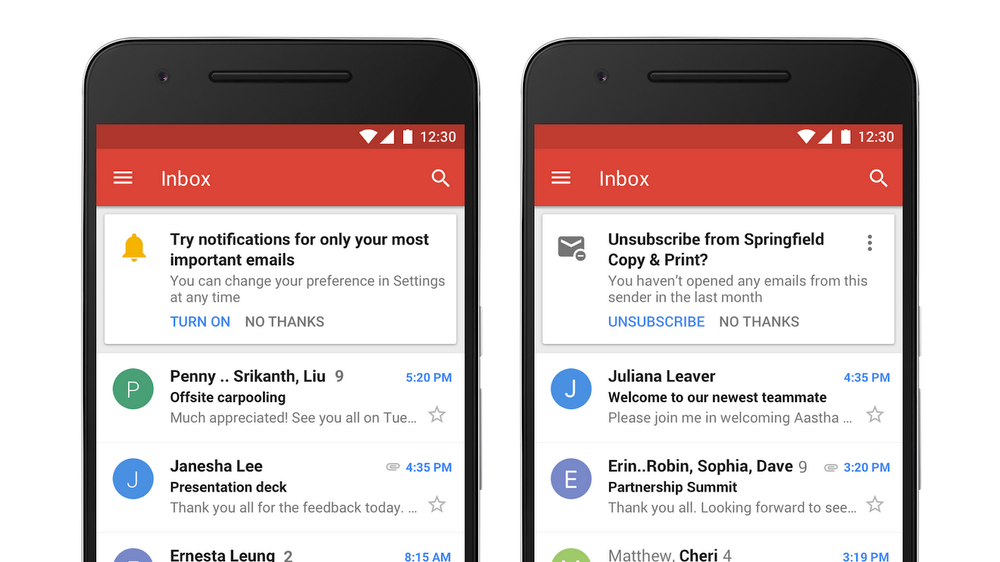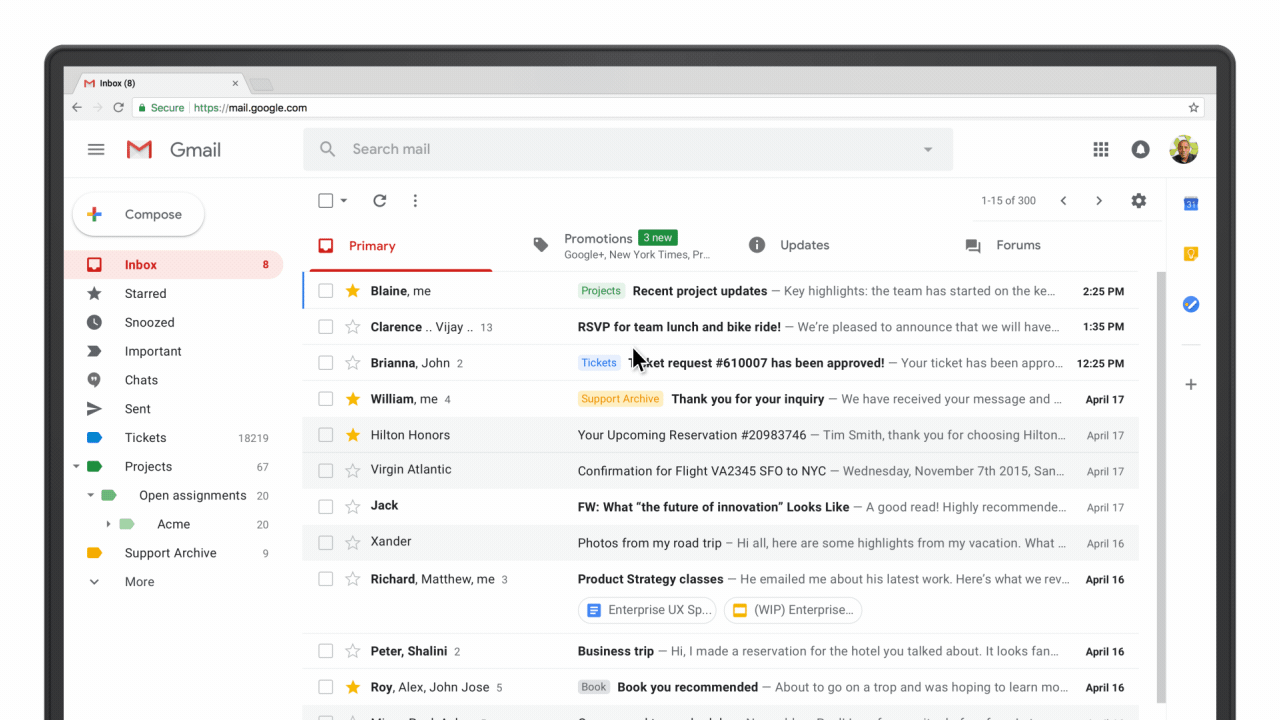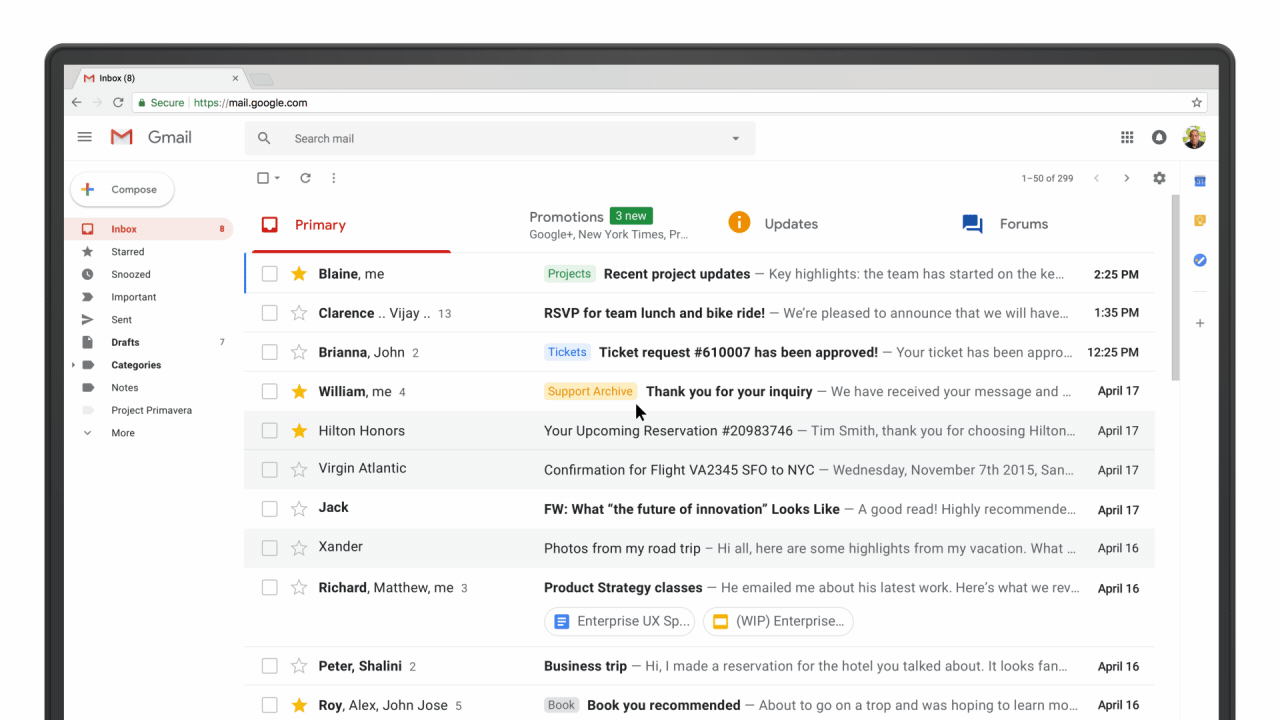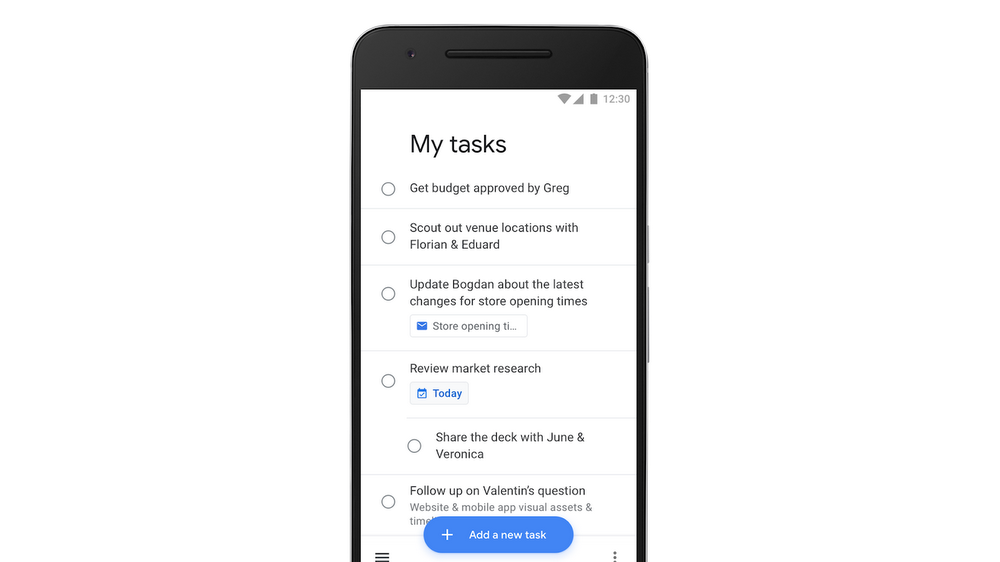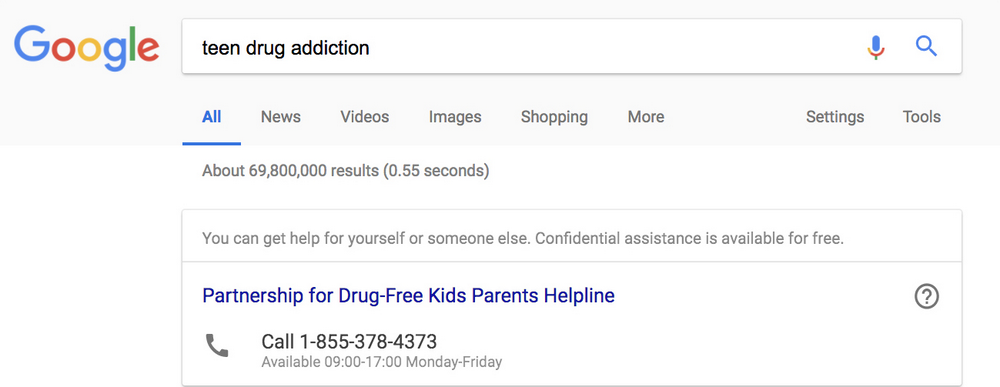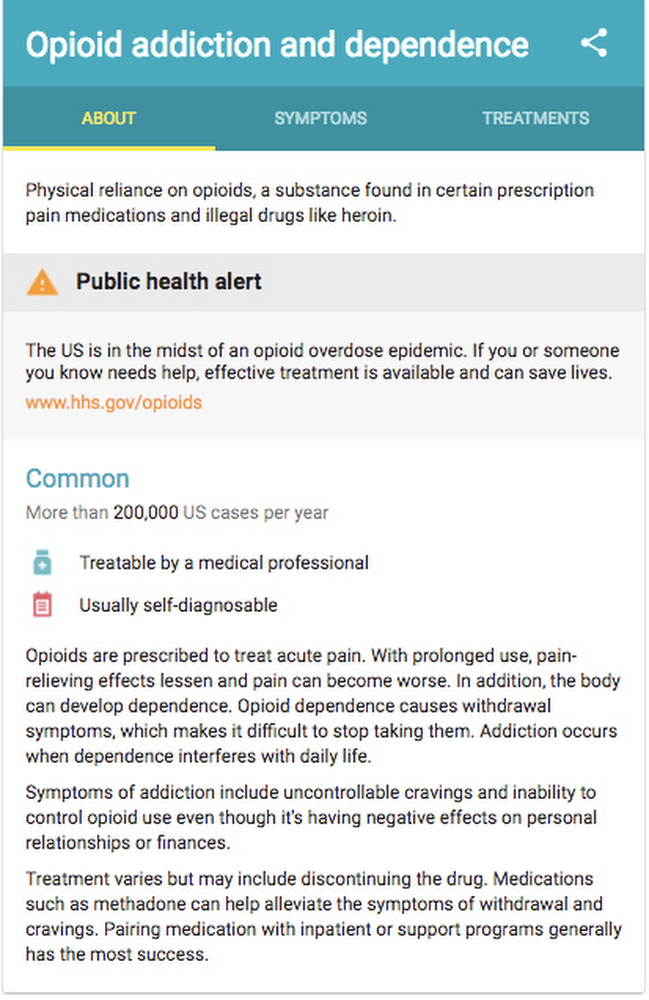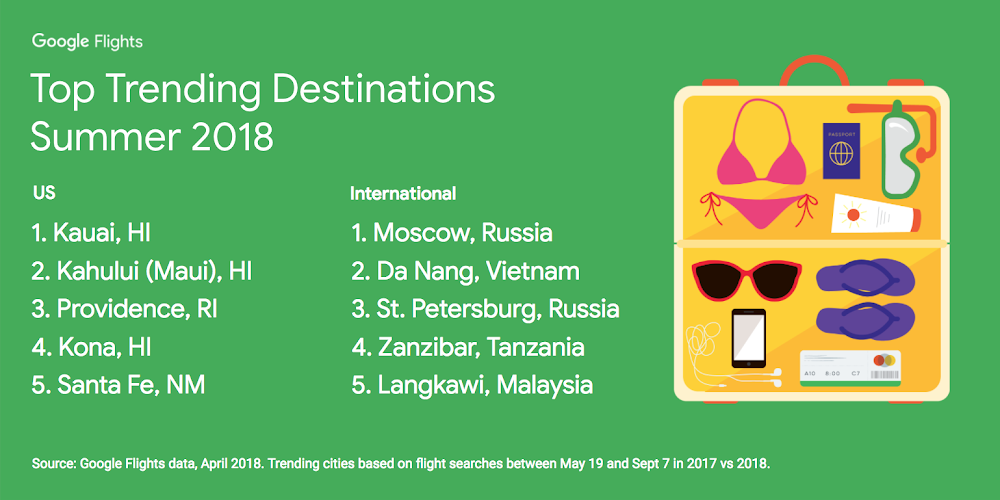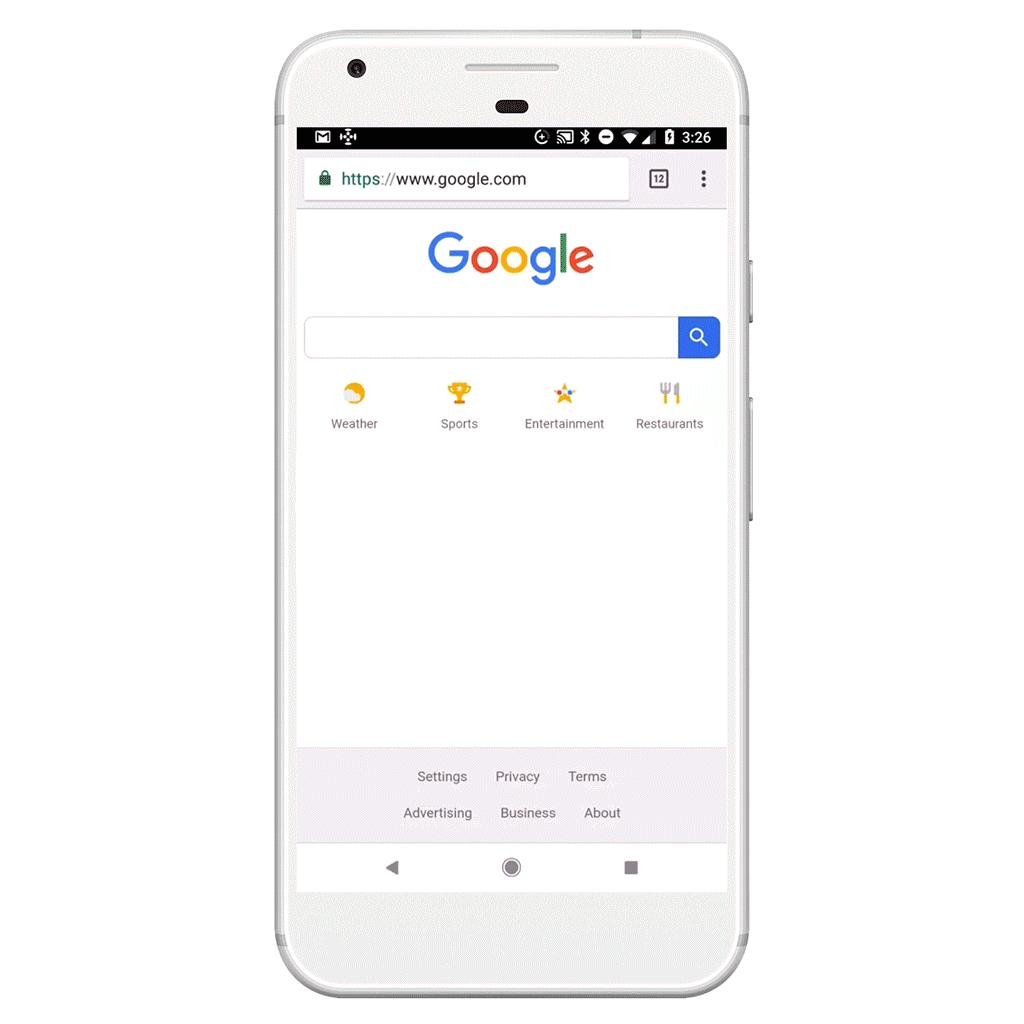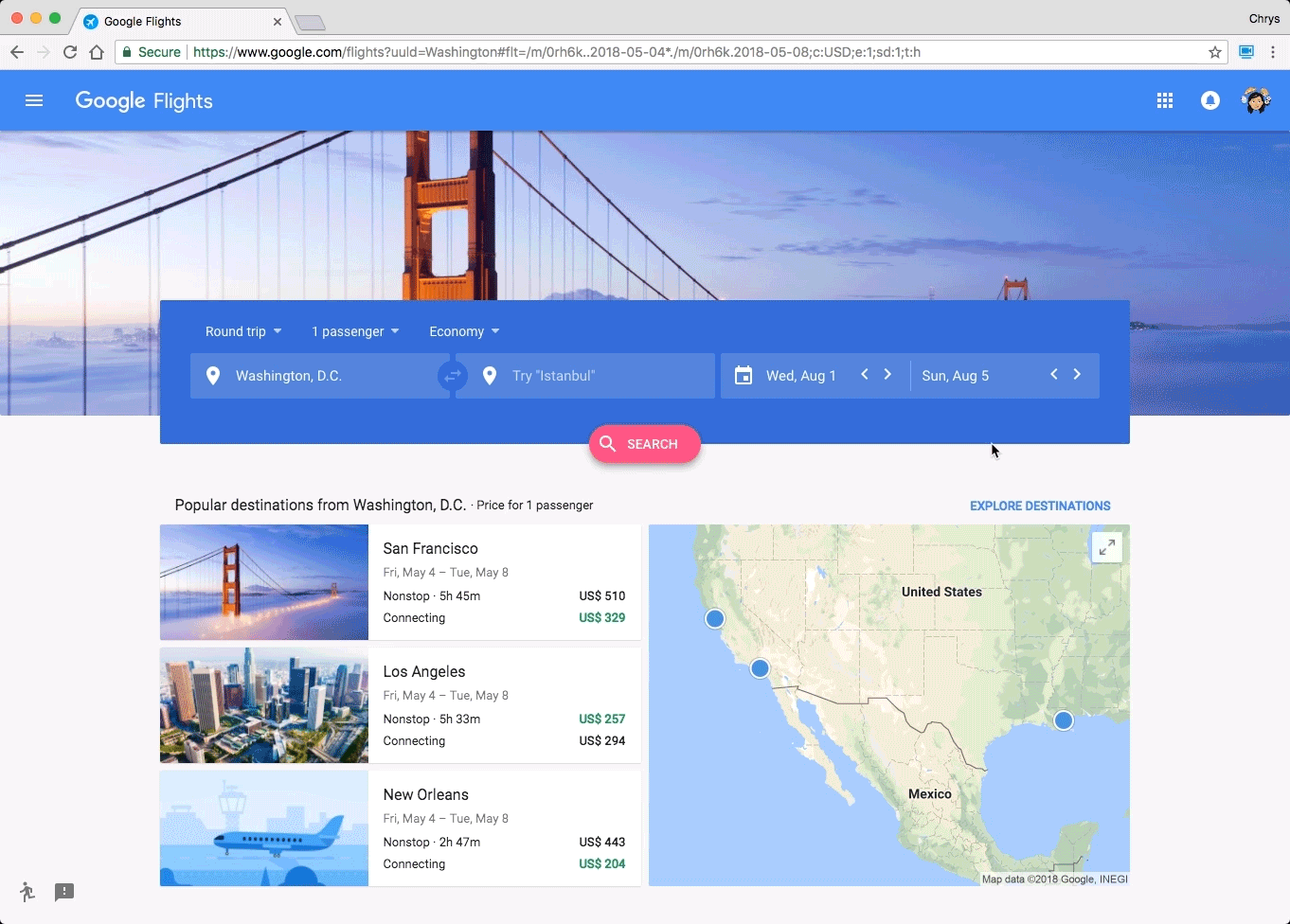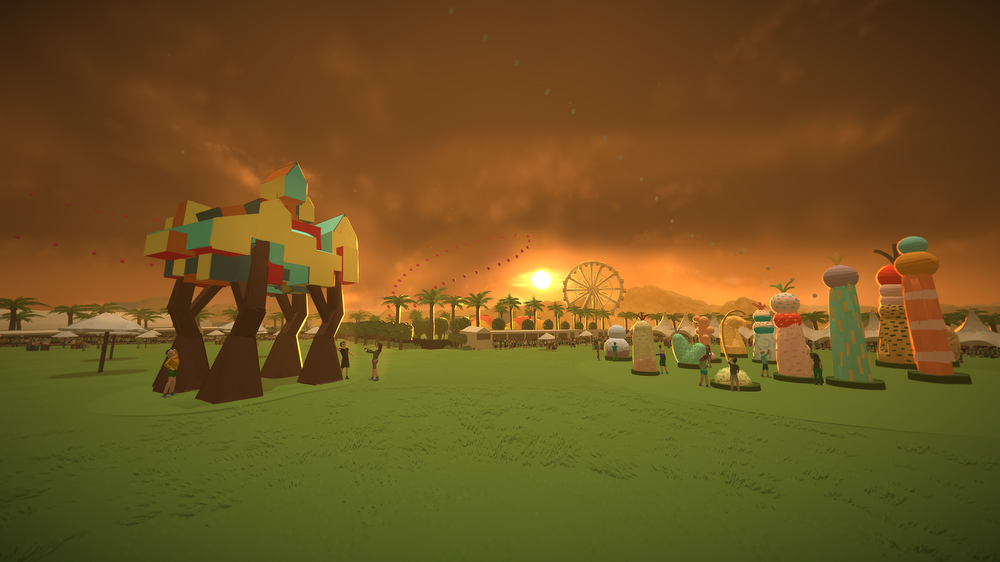As the CTO of
Etsy, Mike Fisher is responsible for evolving technology strategy, scaling IT systems and infrastructure and deepening machine learning expertise, all of which is crucial to supporting the global creative commerce platform that Etsy is today.
To deliver a buying and selling experience that currently supports approximately 1.9 million entrepreneurs, Mike and his team recently committed to Google Cloud Platform to help them scale and connect Etsy buyers and sellers globally. But their decision was based on more than just technology.
We sat down with Mike to hear about Etsy’s unique approach to evaluating their cloud partner.
QH: Why is sustainability a value at Etsy?
MF: Sustainability supports our mission to Keep Commerce Human, within the company, and outside, to our 1.9 million sellers. It’s an important value that pulls through everything we do; from how we consume food at the office, to the products we help people sell, to how we power our buildings. And of course, it’s important in how we power our data centers, and in the cloud computing we use.
QH: Is this special to Etsy, or is this a broader point about many of today’s companies?
MF: Etsy is a little unique because we've been around almost 13 years, and sustainability has always been core to us. But other businesses are definitely on board. People want to support businesses that are doing this. I think at Google Cloud you've seen that customers want businesses to be able to host and provide their services in a sustainable manner.
QH: True.
MF: They're migrating to the cloud, and having a cloud provider that is committed to that as well is a huge benefit.
QH: In itself, is going to the cloud a business decision around expenditure, or a technology decision over how fast you'll be able to manufacture, test, and deploy software?
MF: I wouldn't separate technology and business decisions. Going to the cloud, for example, is a great business decision for us, since it allows for things like enhanced site performance and focus on our strategic initiatives. We can have a presence around the world, with faster load times. That supports the possibility of stronger conversions and better experiences. You get that with a global cloud. All good for the business. And of course, spinning up infrastructure much, much faster than we could on our own means we’re moving quicker and supporting our sellers’ businesses better.
And then there are the things on the sustainability side. Our servers run 24/7 today in the data center whether we need 100% of their compute capacity or not. But like all of e-commerce, we have daily cycles, monthly cycles, the holiday season. Having to power computers capable of handling our holiday season at peak, instead of scaling up and down for what we need? That is a sustainability decision that is a great business decision.
QH: How do you measure success around sustainable energy consumption?
MF: Our impact goals are economic, social and ecological. Underneath the ecological goal, we want 100% renewable electricity by 2020 -- the offices, and all of the data centers. Google helps that a lot, since you’re committed to 100% renewables. On top of that, we want to reduce the intensity of our energy usage by 25% by 2025, even as we increase our business. It’s pretty hard to imagine doing that without the cloud.
QH: Did you have any differences about your needs working with Google?
MF: We do have differing criteria for renewable energy. We strive to source renewables in the same power market as the consumption, while Google strives to do the same, you also operate in some regions where procuring renewables is complex and may not be possible. But even that was a great conversation, because the Google team worked with us on that. They were like, "we understand that that's important to Etsy, and we will work towards that goal."
QH: Good to know, since I was going to say: Etsy likes handcrafted things, a human touch. But we have thousands of identical servers, and we use lots of automation. They’re not handcrafted Etsy products. But you’re pointing out a human dimension in the engineering work in how our respective engineers talk together.
MF: Even though we love the handmade, we're not up for spinning up all of our servers one at a time, either. We're on board with using Terraform and Chef to automate. There is a huge human connection with the Google reliability engineers sitting beside our engineers. The two of us work together in teams, and that's a big piece of keeping this human and bringing people together.
There’s something else: The more that we can automate, the more we can enable buyers and sellers everywhere to connect. It’s a massive marketplace, with 50 million items and 30 million buyers, but we do it so that one buyer and one seller can actually talk to each other about one particular item. It's really cool that we use a ton of automation on a big cloud to enable really important one-on-one conversations to happen thousands and thousands of times a day.
QH: Maybe it’s a little away from sustainability, but it’s worth saying that the history of IT is the history of taking over drudge work so people can do more human things, be more creative.
MF: Our sellers are entrepreneurs and artisans. They want to be in the studio creating, or talking to a person about their shop. The more that we can help them run the administrative parts of their business in a much faster and automated fashion, the more they can focus on the stuff that is really inventive and creative. That's what they want to do, and we want to get them there faster.
By the way, that’s true on my IT team too. They want to be writing code and optimizing systems, not just applying patches. Say we had to bring in 150 servers; that takes literally months -- two months for us to order the hardware and then receive it on the dock and get it racked and provision it, and install everything that needs to be installed and do that. With the cloud, the other week we spun up the equivalent of 150 servers in four minutes. Then we went back to doing what we want to do and creating software that powers the marketplace.
QH: This has been great. Thank you so much for your time.
Etsy is one of a number of organizations committed to environmental responsibility—many of whom focus on reducing the environmental impact of their operations by reaching 100% renewable energy. Google shares this commitment, and in 2017 we
met our own goal of matching 100% of the energy we consume with renewable energy purchases.
Reaching this milestone was very important to us, but it also mattered to many of our customers. Many organizations know that building and expanding on-premises data centers can use a lot of energy from local grids. Our own data centers are no exception, which is why we offset the impact through renewable energy purchases and high quality carbon offsets. So when a Google Cloud customer like Etsy uses our platform, they can rest assured that the net carbon emissions associated with that usage is zero.
Between purchases and offsets, matching energy usage, grids and carbon intensity, it can be tricky to understand the technological aspects of energy. And it’s trickier, still, to understand a company’s strategy for all these things. We’ve launched a new
micrositeto answer these questions, and anyone in the US can use it to view the carbon intensity of their own local grid. We hope this makes it possible for more businesses to understand the environmental impact of their operations.
